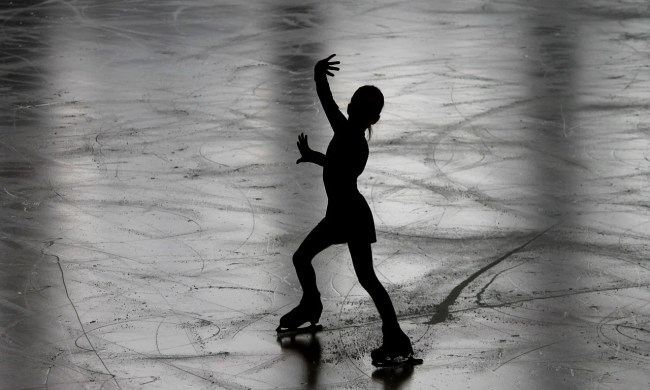If snowshoeing is your thing, these probably won’t be of interest to you. But if you’re anything like me and snowshoeing is simply a means to an end – a way t0 get out to some backcountry terrain that nobody’s touched all season – then you’ll want to check this out.
Rather than being made from “lightweight” materials like aluminum and carbon fiber, these badboys are made up of a slim, tube-shaped layer of puncture-proof fabric. When inflated, they boost the surface area of your foot and keep you on top of the snow just like a traditional snowshoe, but with the added benefit of being collapsible. If at any point you don’t need them, just roll em up, store them in the included pouch, and keep going. Weighing in at just 485 grams apiece, they’ll hardly even slow you down.
“Our main idea is to provide a high tech product to those of you who practice extreme sports in the winter,” Small Foot’s website reads. “The snowshoes can be used for reaching the spots for practicing your winter sport, for recreation, children camps, and team building, but also for emergency situations, mountain rescues, and military services.”
You can snag yourself a pair right now on the company’s website for around $260 bucks. Find out more here.


